

My Hunt for the Original McDonald’s French-Fry Recipe
Veteran line-cooks, experts, and die-hard fans tell the story of the fries that birthed an empire, then disappeared—until now.
From Julia Child to Paul Bocuse to James Beard, some of the biggest names in food history are also people who have professed their love for the same french fry—a french fry that, in no exaggerated manner, birthed an empire. A french fry that no one has eaten in more than 30 years.
McDonald’s original french fries were cooked in beef tallow. For that fact, they were bullied out of production by a well-funded, well-intentioned businessman and self-proclaimed health advocate named Phil Sokolof, who unknowingly dethroned what many fans claim was the greatest french fry to ever meet mass production. “The french fries were very good,” Child said in a 1995 interview, “and then the nutritionists got at them … and they’ve been limp ever since … I’m always very strong about criticizing them, hoping maybe they’ll change.”
Child never lived to see McDonald’s fries return to their former glory, and sadly, and there’s no indication they ever will. That’s why I set out on a quest to find the original recipe.

My hunt for the lost McRecipe took me up the corporate ladder and to obsessive corners of Reddit. I spoke to fast-food experts, super-fan museum curators, and a 79-year-old former employee of the very first McDonald’s. After weeks of digging, I procured a recipe for the original fries that one fast-food historian believes to be the real deal, one I recreated several times to ensure its legitimacy. I sweat over hot tallow, bled from cutting perfect shoestrings, and literally got pulverized salt in those wounds. But according to at least one expert, I have reason to believe the recipe I’ve uncovered is authentic.
Before you recreate a masterpiece, it bears knowing from whence it came.

Ben Stacks was an employee at Richard and Maurice McDonald’s seminal location in San Bernardino, California, “from the summer of ’54 right up until I got a draft notice in ’60,” he tells me over the phone. If anything, he knew the original fry too well: On Saturdays alone, he processed 1,000 pounds of them—all of which were sold and eaten that day. “Kids I grew up with just lived for McDonald’s to open,” he says, “they’d ride their bikes over just for the fries.”
To the best of Stacks’s memory, the fries were made as such: Locally sourced Idaho russet potatoes were peeled, chopped, and rinsed of excess starch in a shed behind the restaurant. The prepared shoestrings sat in cold water until an hour before frying, at which point they were drained and dried before being tossed into a hot vat of 100 percent beef fat. “Cook ’em, salt ’em, sell ’em,” says Stacks. “They were wonderful. You could get a good hamburger any place—nothing special about those—but those french fries were really wonderful.”
The fries caught the attention of Ray Kroc, then the company’s milkshake-machine salesman. Stacks says he was working the day Kroc first visited. “He was curious as to how in the heck we wore out his [milkshake] machines as soon and as often as we did,” says Stacks. With lines around the block, their milkshake machines never got much of a break and the belts often blew out within weeks. “And that’s when Kroc had his vision.”
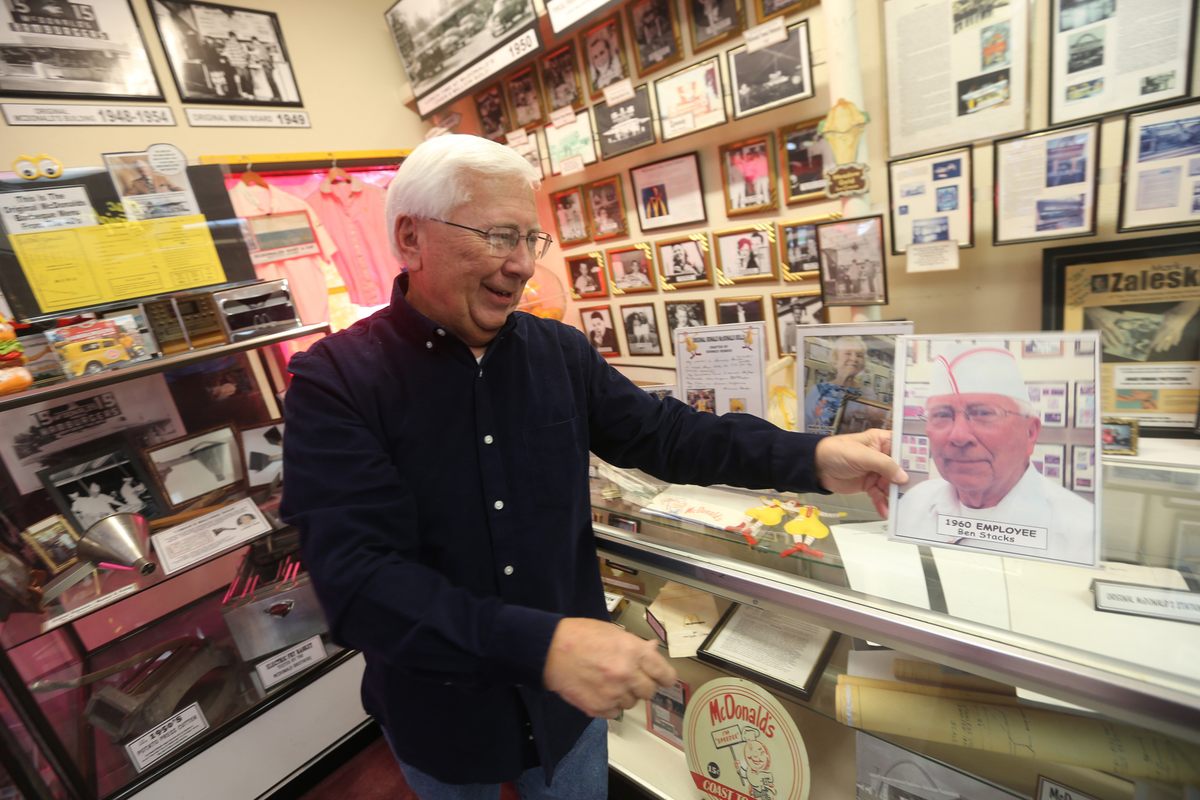
It’s important to note that at the time, few fast-food operations were even attempting fries. According to Adam Chandler, the author of Drive Thru Dreams: A Journey Through the Heart of America’s Fast-Food Kingdom, World War I soldiers returning to the United States from France and Belgium ushered these exotic fried potato strings into the American culinary consciousness.* But Chandler says that fries were too labor intensive and difficult to execute in a consistent, commercial manner. While most burger joints made do with potato chips, “the McDonald brothers had a secret,” he says. They used their desert setting to their advantage, curing potatoes for several days in the desert air before processing them. “They had this extra crispness to them that made them better than any fry you’d ever had.”
What few were even attempting, the McDonald brothers were nailing. Kroc wanted in, and he knew if he were to succeed, it would be on the back of those fries. “The fry would become almost sacrosanct for me,” Kroc later wrote in his autobiography, “its preparation a ritual to be followed religiously.” By 1955, Kroc bought the franchising rights from the McDonalds brothers and started building what would slowly become his empire.
As McDonald’s branches crept across the nation, Kroc ensured the superlative fries would stay so at scale. As Malcolm Gladwell reported in the New Yorker, Kroc armed field men with hydrometers to ensure the potatoes met ideal water content and solidity levels, developed his own potato-curing method that didn’t require a desert, and even hired an engineer from Motorola to design a “potato computer” that calibrated fry oil temperature to deliver consistently cooked fries. He tinkered with the frying oil as well, developing a secretive, cost-saving mixture of beef tallow and vegetable oil termed “Formula 47” (after the original 47-cent McDonald’s meal).

By the end of the 1960s, there were 1,000 McDonald’s franchises across the United States. It was the largest fast-food company in the country, and its fries in particular attained iconic status. Albert Okura, fast-food devotee and CEO of the California-based Juan Pollo restaurant chain, worked at Burger King from 1970 to 1978. “All we did was monitor McDonald’s,” he says, “we copied everything they did. But nothing came close.” His love of McDonald’s, sparked in his youth, would eventually lead him to found the unofficial museum of McDonald’s memorabilia at the site of the very first McDonald’s in San Bernardino.
One by one, competing brands began cooking their fries in beef tallow as well, hoping to approximate what slowly became the gold standard in french fries, according to Chandler. “McDonald’s original fries took hold in such a way that when someone said ‘french fry,’ everyone thought of the same thing,” he says.
In all likelihood, Phil Sokolof himself at one point loved the very fries he would come to destroy.

In 1966, at age 43, Phil Sokolof suffered a heart attack that nearly killed him. The lithe industrialist—who’d made his riches selling construction supplies—never even smoked, but was, as he wrote in 1991, “a student in the greasy hamburger school of nutrition for [his] first 43 years.” His cholesterol was over 300, comfortably in the danger zone for heart attacks. Lack of self-control aside, it was fatty foods that nearly killed him. Thus, when he emerged from the hospital, he did so on a one-man mission to fight Big Fat.
Between 1966 and 1990, Sokolof spent around $15 million fighting against the use of fatty ingredients in foods across the United States. He founded the National Heart Savers Association with his own money, pushed Congress to declare April “Know Your Cholesterol Month,” and took out full-page ads in newspapers smearing major food brands for their ingredients. He called himself “the little guy from Omaha”; papers called him the “Fat Fighter” (though “Fat-Fighter” might have been more apt). After strong-arming major players like General Foods, Kellogg’s, and Nabisco into changing their recipes, Sokolof set his sights on the Golden Arches.
“McDonald’s, Your Hamburgers Have Too Much Fat,” a full-page ad in the spring of 1990 squarely declared in the New York Times, Wall Street Journal, and other newspapers under the sensational headline “The Poisoning of America.” McDonald’s fought back: “The papers just didn’t check the facts,” McDonald’s attorney Joseph Califano told the AP in 1990. The ads persisted, with billboards in Times Square and Super Bowl commercial spots. McDonald’s stood their ground. “The ads are so absurd, they are starting to be tiresome,” spokeswoman Melissa Oakley told a reporter, adding that legal action was not out of the question.
Tensions came to a head on live television in the summer of 1990. McDonald’s senior vice president Dick Starman squared off with Sokolof on Good Morning America. Sokolof gave no quarter, raining nutrition-based blows on Starman as the fast-food exec stumbled over increasingly nervous rebuttals. “They just took chicken skin out of their Chicken McNugget three weeks ago. Tell them about Egg McMuffins. Tell them about your beef tallow in your french fries,” said Sokolof, to which Starman could hardly fit a word in edgewise. Sokolof effectively berated the largest fast-food company on the planet, to its face, for all the world to see. On July 23, 1990, McDonald’s quietly changed their long-held french fry recipe.
As Chandler points out, however, Sokolof’s smear campaign came as part of a broader national reckoning: “You can pinpoint a lot of the changes that happened in the American diet to that era,” he says. With the obesity epidemic entering the public consciousness at the turn of the 1990s, fast-food players big and small were all scrambling to meet demands for healthier options—a series of efforts that, according to Chandler, failed at every turn. Domino’s Pizza introduced low-calorie, “light toppings” (“those obviously bombed”); Wendy’s launched a salad bar (“no one wanted it”); Burger King introduced the BK Broiler grilled chicken sandwich (“never really stuck”); and aside from ditching beef tallow, McDonald’s introduced their McLean Deluxe (“a huge flop once people found out there was seaweed derivative in it”). This was the era, Chandler points out, when Kentucky Fried Chicken became KFC, “because ‘fried’ was such a pejorative.”
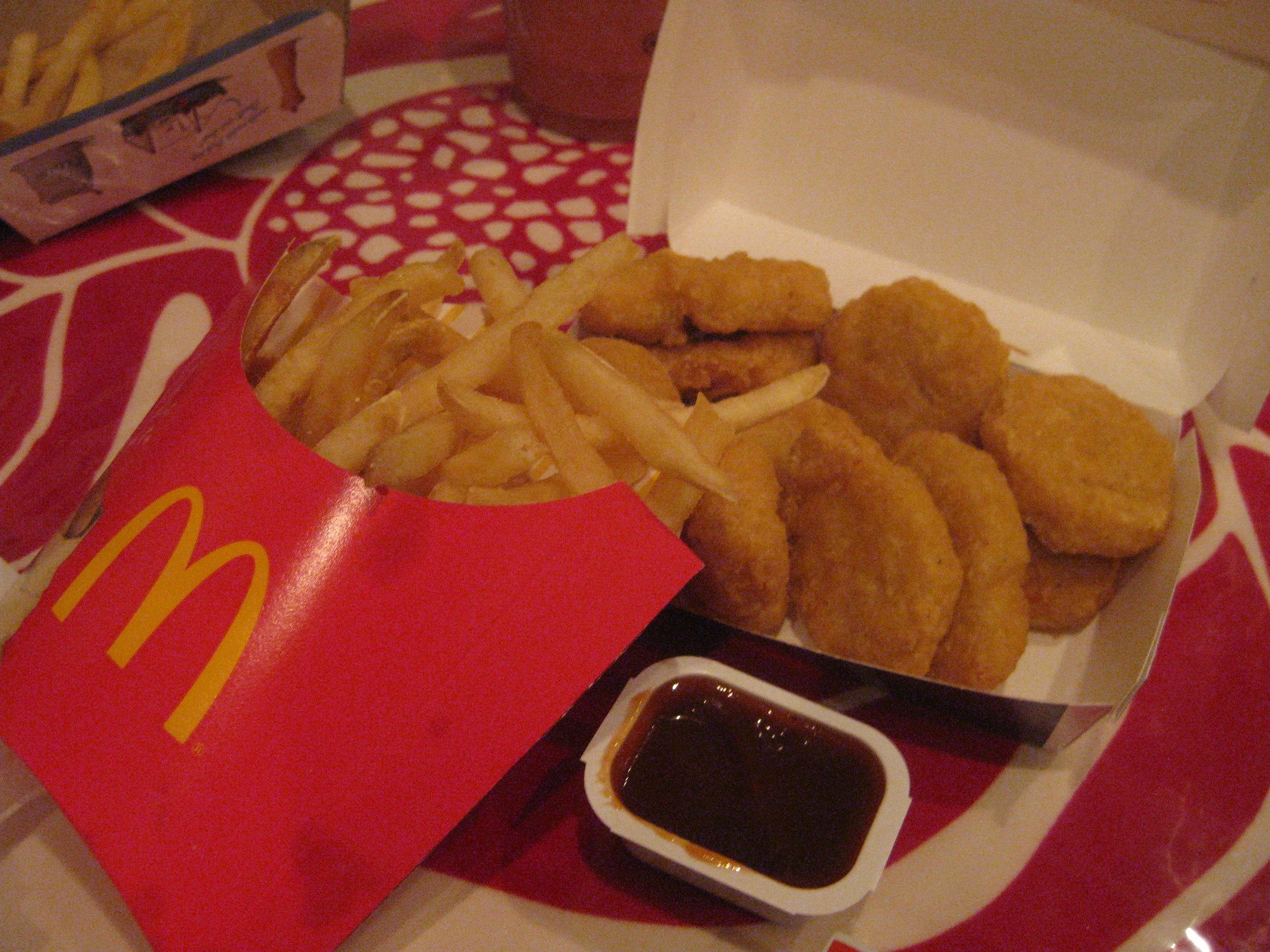
While Sokolof’s victory dealt a blow to the corporation, it wasn’t exactly a win for consumers, either. Exchanging beef tallow for pure vegetable oil in high-temperature frying introduced consumers to a different and arguably worse dietary threat than saturated fats: trans fats, which, as we now know, are a major cause of cardiovascular disease, digestive issues, and weight gain. Despite the best intentions, Sokolof ultimately made a bad problem worse, one that McDonald’s has spent decades trying to fix. They’ve bounced new ingredients in and out of their frying oil to reduce the levels of trans fat, claiming today to have essentially eliminated them from their fries.
What we are left with is a distant echo of the famed original fry. “They’re still considered to be some of the best fast-food fries there are,” says Chandler, “even if they’re a shell of what they once were.” According to their website, McDonald’s fries are now cooked in a mixture of soybean and canola oil. This recipe ultimately leaves their fries with a flat, beanie flavor that lacks the salty crunch that made them famous. Their suppliers add hydrolyzed wheat and hydrolyzed milk, whose meaty-tasting amino acids impart a “natural beef flavor” upon their par-fry oil, but it’s not the same. “I still eat at McDonald’s twice a week,” says former employee Ben Stacks, “but I miss those original fries. They stayed tasty longer.” Indeed, if modern McDonald’s fries aren’t eaten immediately, they soften into a mealy texture that settles on the palate like wet dust.
Chandler told me over the phone that “McDonald’s is the place we eat when we’re taking a break from being virtuous.” In essence, Sokolof sought to enforce virtuousness upon the American public and, by extension, the halls of American food history. McDonald’s folded—but we are not McDonald’s. We can reclaim virtueless-ness. We just need one small recipe.
I knew the original recipe had to be out there somewhere. It was simply too ubiquitous to have disappeared. It took several weeks of sleuthing, cold-calling, and taste-testing, but much to the chagrin of Sokolof’s memory, I have reason to believe my efforts uncovered an authentic recipe for the exiled original.
Many online recipes for do-it-yourself original McDonald’s french fries leave something to be desired. Some call for meticulous freezing techniques, others call for factory-produced frozen fries. Some do call for frying rinsed, shoestring russets in straight beef tallow, but unless you grew up with Ben Stacks, these were not the “cook ’em, salt ’em, sell ’em” McDonald’s fries of your youth. Whatever Kroc had done with Formula 47, he’d kept it close to corporate’s chest. Albert Okura gets it. “He wouldn’t give out the recipe. He couldn’t. If someone knew exactly how to do it they’d be copied.”
To this day, McDonald’s still won’t give it up. I contacted McDonald’s Golden Archives, located just outside of Chicago and staffed by two archivists who are responsible for preserving the corporation’s history. No response. I reached out to Hamburger University, McDonald’s training facility also just outside of Chicago. No response. The only corporate office that responded was McDonald’s press wing, who was gracefully “not able to provide [the recipe] at this time.” Incessant badgering got me, predictably, nowhere.
But of course, it wasn’t the corporate pencil-pushers who knew those fries best anyway. They probably never set foot in a commercial kitchen, let alone made anything from the McDonald’s menu. It was the line-cooks and their managers who handled the food, folks who knew the fries like the backs of their hands, folks who might divulge.
I took it to Reddit, asking about the long-lost recipe in r/MimicRecipes. What I found was that someone had divulged—a lot.
I was promptly directed to an online PDF titled “McMenu: Do-It-Yourself McDonald’s Restaurant Recipes,” which claimed that its 33 pages of recipes were “based on the old McDonald’s production methods of the ’50s, ’60s, and ’70s.” There are recipes for everything from the Big N’ Tasty, to Egg McMuffins, to the signature Honey Mustard Dipping Sauce—and, of course, McDonald’s original fries, with beef tallow—all written in first person to exhausting detail.
I contacted the owner of the website that hosted the McMenu PDF, thinking it had to be the original author. “I was never a manager of a McDonald’s,” responded Ben Shaw, a software engineer from New Zealand, “and those aren’t my recipes.” He earned 15 minutes of fame on national news back in 2005 by trying to sell some free McDonald’s coupons on New Zealand’s equivalent of eBay. He stumbled across the McMenu PDF online and re-posted it to his website, “just trying to ride that 15 minutes a bit more, but I still can’t remember where I found it,” he told me.
While the actual author remains anonymous, they claim within their McRib Sandwich recipe to have managed a McDonald’s franchise while the McRib was still in its experimental stages. With the McRib introduced in 1981, that puts our mystery author in charge of a McDonald’s franchise well before Sokolof’s campaign. If this is true, the McMenu PDF author would have been producing hundreds of pounds of original, beefy fries every workday for years. Chandler himself couldn’t discredit the trove. “I believe in the McMenu PDF because its devotion to the cause is so apparent,” he says. “If you told me it were a lie, I wouldn’t believe you.”

For being the most fussed-over fries in history, the McMenu recipe is pretty straightforward, but you may need some new kitchen tools.
In making french fries generally, consistency in fry shape is paramount: If they’re all different widths, they’ll cook unevenly. I suggest something like the classic Benriner mandoline, which aside from featuring an adjustable blade that allows for cutting ideal fry shapes, is a commercial kitchen mainstay and will serve you well outside of fry-making. (Side note: Cutting yourself on a mandoline is bad, but cutting yourself on the fry setting of a brand-new mandoline is worse. Commit to each cut as best you can, and if the spud gets stuck halfway, gently knock the end of the mandoline into your cutting board to nudge it through.)
Unless you already have a deep-fryer, you’ll also need a thermometer to know when to drop the fries into your oil. Be sure to find one that goes all the way to 400° F (most standard meat thermometers run to only 250° F or so). You can find the right instrument in most kitchen-supply stores or, as ever, online.
The other item you may not have already is the key ingredient: beef tallow. I found some at a local butcher shop, but you could also check the oil section of your nearest supermarket. Worst case scenario, it’s also available (but not necessarily as affordable) online.
Once you have the right tools, it’s a classic brine and double-fry. A sugar bath will give the fries a subtle sweetness that sits nicely under the beefy umami, while double-frying allows the fry to cook all the way through before crisping the outer edges (single-frying, generally speaking, runs the risk of burning the skin before the insides are cooked). The recipe doesn’t call for it, but I recommend pulverizing the salt with a mortar and pestle to get a fine, even coating on the hot, finished fries (if you don’t have a mortar and pestle, you can roll a tin can or any hard, round object over a pile of salt to get the same effect). So without further ado, here is the closest thing to the original McDonald’s beef tallow french fry recipe the universe has to offer.

Beef Tallow French Fries
Adapted From “McMenu: Do-It-Yourself McDonald’s Restaurant Recipes”
Yields two medium-sized orders of fries.
2 large russet potatoes
¼ cup white sugar
2 tablespoons white corn syrup (Karo)
1–2 cups hot water
6 cups Crisco shortening
¼ cup beef tallow
Salt to taste
1. Peel the potatoes and cut them into shoestrings. They should be about ¼ inch x ¼ inch in thickness and about 4 inches to 6 inches long.
2. In a large mixing bowl, combine the sugar, corn syrup, and hot water. Stir to dissolve the sugar. Place the potatoes into the bowl of the sugar-water and refrigerate for 30 minutes.
3. While they’re soaking, pack the shortening into a deep-fryer. If you don’t have a deep-fryer, any sauce pot or dutch oven will suffice as long as you have an appropriate thermometer. Heat on the highest setting until the shortening has liquefied and reads between 375° and 400° F.
4. Drain the potatoes then dump them into the fryer (be careful, it will be ferocious). Nudge them around to make sure they don’t stick to one another. After 1 to 1 ½ minutes, transfer the potatoes to a paper towel–lined plate. Let them cool 8 to 10 minutes in the refrigerator.
5. While they’re cooling, add the beef tallow to the hot shortening and bring temperature back to between 375° and 400° F.
6. Add the potatoes and deep-fry again for 5 to 7 minutes or until golden brown. Again, nudge lightly to keep them from becoming one mega-fry. Remove and place them in a large bowl, sprinkling generously with salt and tossing to mix the salt evenly. Serve hot and enjoy.
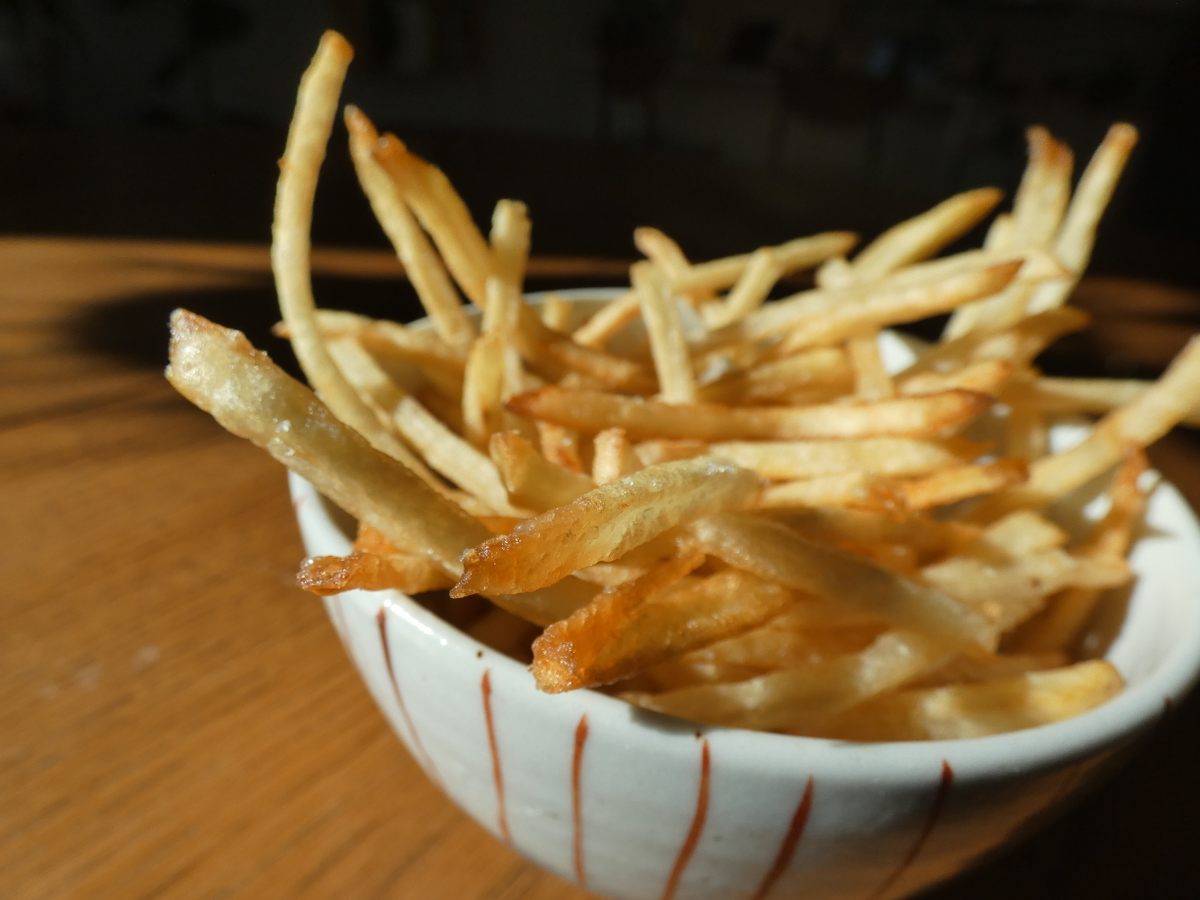
Done properly, the McMenu PDF will leave you with a pile of commercial-ready, golden-brown, pre-Sokolofian shoestrings. As for taste, it became clear on my first bite why it took $15 million to put them out of production. Where modern fries are bland and leave my mouth with the aforementioned uneasy beaniness, the McMenu PDF fries pack a serious punch that left my palate screaming for more. A subtle, beefy umami saddled neatly next to the underlying sweetness from brining. The crisp, browned edges provided an audible crunch. The insides retained a sweet, buttery texture. My only complaint was that I had to stop eating and photograph them. They are hands-down the best fast-food fries I’ve ever eaten.
As for authenticity, I personally wasn’t alive to try McDonald’s original french fries before 1990, so cannot attest to the veracity of the McMenu fries’ flavor—but Chandler was, and does. “As soon as I tried a few of them, I was back in my mom’s Volvo 240 station wagon [in 1988], waiting for my sister to get distracted enough so I could steal her McNuggets.”
Without a blessing from the Golden Arches themselves, I’ll never know if I’ve uncovered the true original recipe, and after speaking to Okura, I realize “true” here may be a moving target. As McDonald’s expanded, he says, corporate would have necessarily adapted the fry-making process to meet the scale of supply. Of course, there is a chance that the McMenu PDF recipe was at one point the true recipe. But as for when, that secret lies with Ray Kroc.
* Correction: This story originally stated that American soldiers ushered a love of french fries into the American culinary consciousness after World War II. It was World War I.
Gastro Obscura covers the world’s most wondrous food and drink.
Sign up for our regular newsletter.




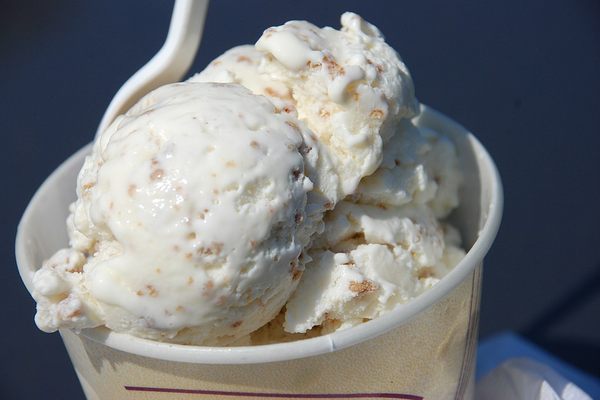
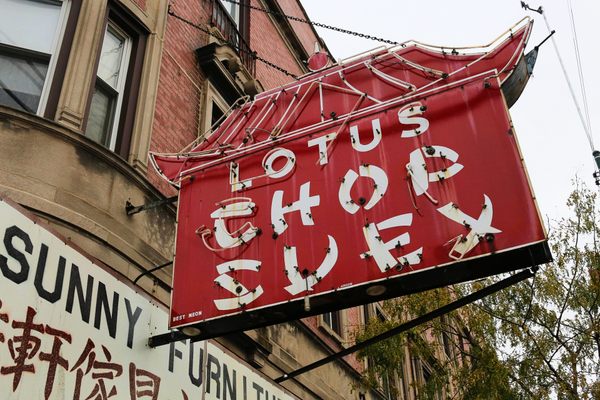














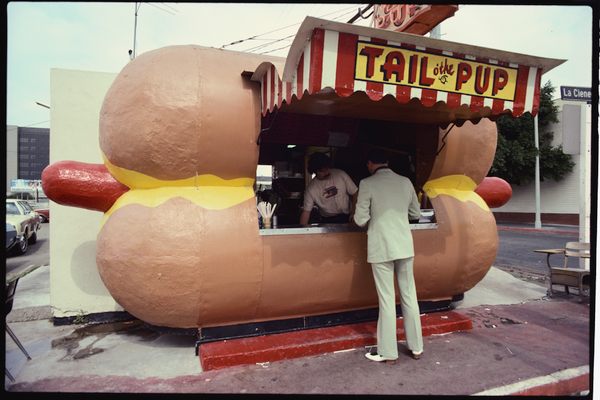

Follow us on Twitter to get the latest on the world's hidden wonders.
Like us on Facebook to get the latest on the world's hidden wonders.
Follow us on Twitter Like us on Facebook